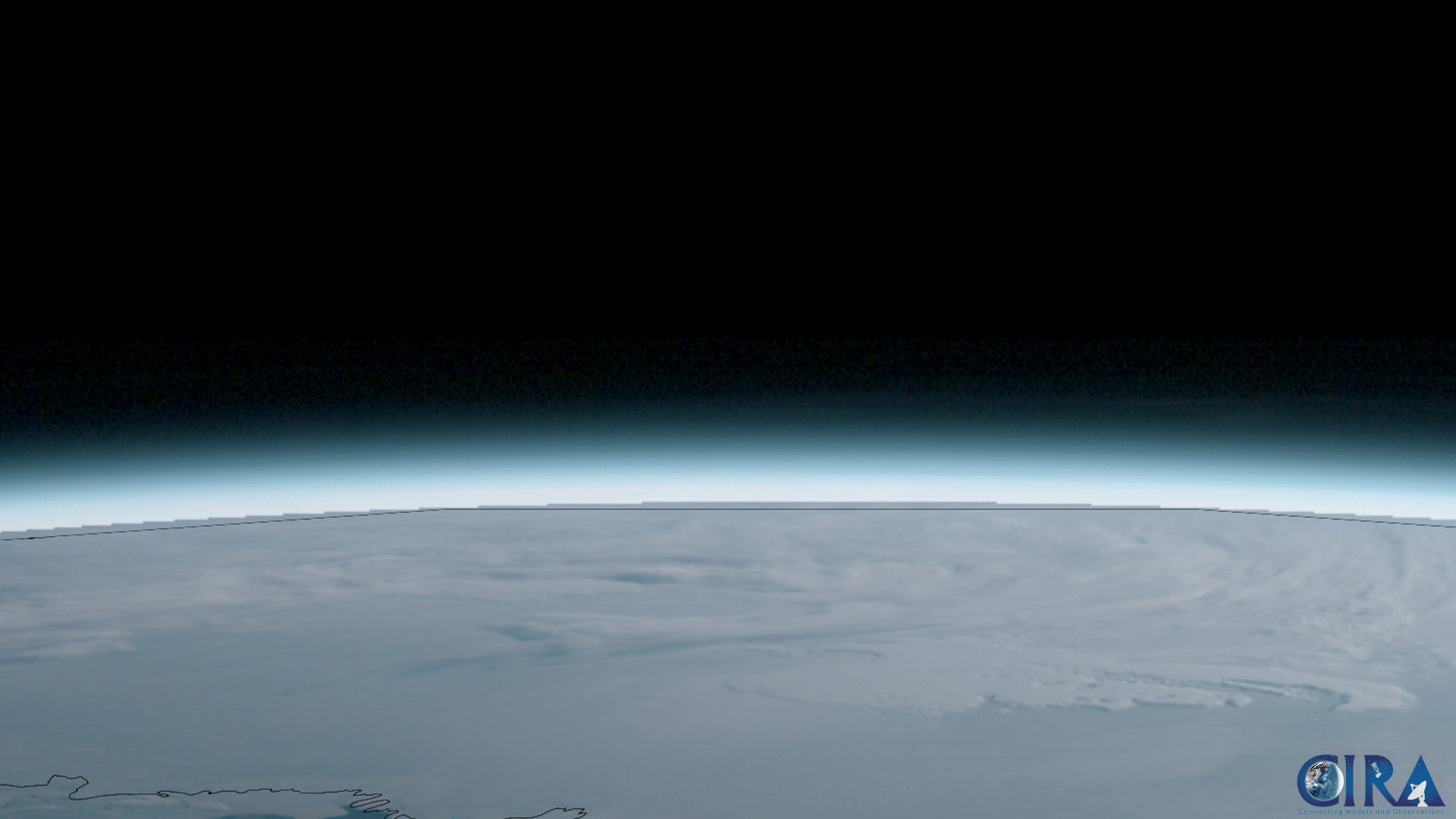
On Jan. 17, 2024, the Himawari-9 satellite, operated by our partners at the Japan Meteorological Agency, captured imagery of polar mesospheric clouds—also known as noctilucent clouds—over Antarctica. This imagery may not look like much, but these are the highest clouds that form in Earth’s atmosphere—occupying the mesosphere—at altitudes around 30-50 miles above Earth’s surface.
When viewed from the ground, this rare phenomenon is referred to as noctilucent or night shining clouds. They are too faint to be seen during the day, and are most often observed at twilight during the summer in polar latitudes because they reflect sunlight due to their extremely high altitude.
Made up of tiny ice crystals, these clouds are distinguished by their luminous, wispy appearance. However, it is rare for ice crystals to form that high in the atmosphere, since there is a lack of dust and water vapor, which are needed for these clouds to form. Dust in these cases may come from man-made pollutants, volcanic activity, and even meteors! Scientists believe that the moisture may come through gaps in the tropopause—the boundary between the troposphere, where we live, and the stratosphere above—or from chemical reactions of methane and other molecules in the atmosphere. For this reason, these clouds are considered harbingers of climate change resulting from the presence of increased atmospheric methane.
Interestingly, these clouds were first known to have been observed in 1885, two years after the eruption of the Krakatoa volcano. However, it remains uncertain if the volcanic debris in the atmosphere had anything to do with the observation.
This image was captured by the Advanced Himawari Imager (AHI) on Japan’s Himawari-9 satellite. This satellite, the second unit of the Japan Meteorological Agency's (JMA) third-generation of geostationary satellites, provides visible light and infrared images of the Asia-Pacific region. Himawari's data are vital for global geostationary coverage, which is why NOAA and JMA have agreed to mutual back-up arrangements for their geostationary systems.
